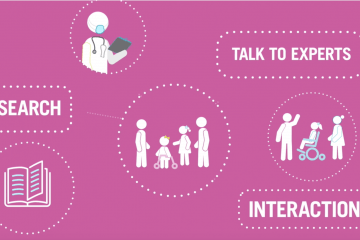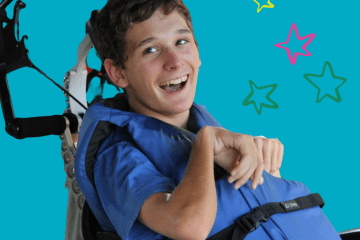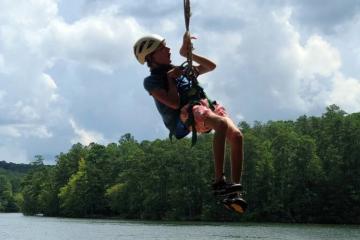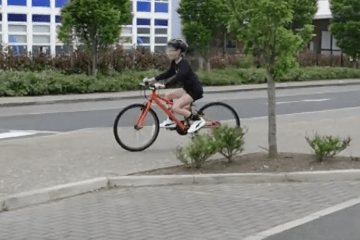State of the Evidence Traffic Lights 2019
Abstract
Purpose of review: Cerebral palsy is the most common physical disability of childhood, but the rate is falling, and severity is lessening. We conducted a systematic overview of best available evidence (2012-2019), appraising evidence using GRADE and the Evidence Alert Traffic Light System and then aggregated the new findings with our previous 2013 findings. This article summarizes the best available evidence interventions for preventing and managing cerebral palsy in 2019.
Recent findings: Effective prevention strategies include antenatal corticosteroids, magnesium sulfate, caffeine, and neonatal hypothermia. Effective allied health interventions include acceptance and commitment therapy, action observations, bimanual training, casting, constraint-induced movement therapy, environmental enrichment, fitness training, goal-directed training, hippotherapy, home programs, literacy interventions, mobility training, oral sensorimotor, oral sensorimotor plus electrical stimulation, pressure care, stepping stones triple P, strength training, task-specific training, treadmill training, partial body weight support treadmill training, and weight-bearing. Effective medical and surgical interventions include anti-convulsants, bisphosphonates, botulinum toxin, botulinum toxin plus occupational therapy, botulinum toxin plus casting, diazepam, dentistry, hip surveillance, intrathecal baclofen, scoliosis correction, selective dorsal rhizotomy, and umbilical cord blood cell therapy. We have provided guidance about what works and what does not to inform decision-making, and highlighted areas for more research.
Keywords: Cerebral palsy; Evidence based; GRADE; Systematic review; Traffic light system.







